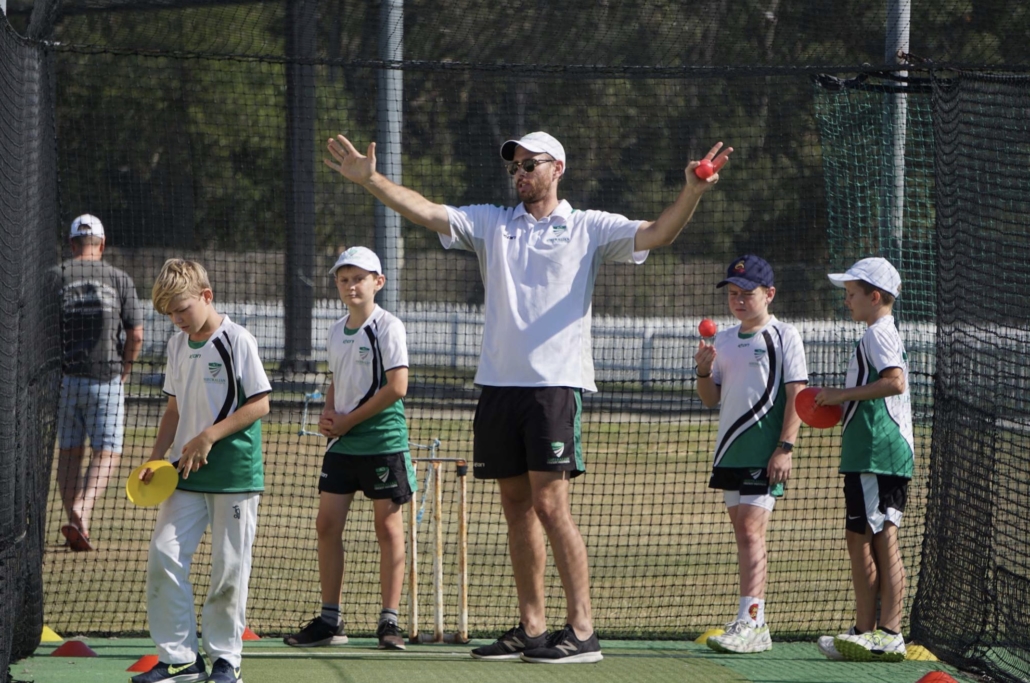There are many parts of the game that young players take time to develop.
Most of the time these area’s are developed and honed over years of making mistakes and re learning or planning to get the desired result they want.
These could be developing batting plans, honing your bowling skills, or developing the mental side of the game.
Another crucial one that we see many players take time to develop is their ability to set fields and plans around their bowling.
It’s a critical part of the game, especially in white ball limited overs cricket, which is a big chunk of the cricket that is played through youth levels and lower levels of senior cricket.
So sitting back lets see what effect having the wrong plan could have on your bowling and team performance.
Easy Runs - Batters having less pressure to score can ultimately effect how many runs you will have to chase. As simple as taking 1 run an over extra can lead to chasing an extra 50 runs.
No reward for effort - Missed opportunities by having fielders in the wrong places!
Pressure Release - Not creating pressure on the batsmen and making it hard for them.
Conflict - The result of the above area’s for you can then potentially cause conflict within the team and harm the direction and cohesion that the team has in that particular game.
I know from my perspective playing as an adult, many still don’t get it right all the time. I’m sure you’ve even seen it at the top level on tv!
So in order to help you find this task a little easier we’ve put together a simple 4 question process to practice at training and to use in games to make sure your fields are set much better.

(In our academies our players are heavily involved in developing plans for their fields to batters)
1.What Ball Am I Trying To Bowl
The crucial aspect of this is actually think about what the best ball is going to be in this situation.
This may be your stock ball, a Yorker, bouncer, slower ball or whatever it is, but the key is actually taking the time to think about what the best ball you need to bowl at this time.
Too many times have we seen or spoken to players about what they are trying to bowl and many of the times they don’t think of anything!
Have a clear plan in your head for each ball to be able to identify what you need to do from there.
PRO TIP: It doesn’t have to always change, nominating the ball you want to bowl before each delivery is just an awareness thing also. It makes sure you completely are planned and prepared to execute.
Once done this, onto the next question..
2. If I Execute That Ball, What Shot Is The Batter Most Likely To Play?
This is more about the line and length you are looking to bowl.
Having a clear and set thought in terms of what shot you are trying to get the batter to play really helps with you visualising and understanding the type of ball you are going to bowl.
Cool? Ok next one..
3. If I Execute And The Batter Plays The Shot I Want, Where Am I Going To Get A Wicket?
Think about the sort of catchers you need to implement in this part.
For example if you are bowling out swingers and you are looking to get the batter to drive the ball straight down the ground, you are most likely going to get Knicks behind the stumps.
This doesn’t mean you have 3 fielders at mid off because you are trying to get them to play a shot there.
The higher probability is going to be that you will get the ball caught behind more than caught at mid off.
To do this effectively you really need to know where your type of bowling most likely gets wickets. See below for a rough guide.
Type of delivery.
Swing The Ball Away From Batter - Most likely caught on the off side. Look to bring catchers behind the wicket.
Swing The Ball In To The Batter - Most likely bowled and LBW’s or caught in front of the wicket.
Spin The Ball Away From The Batter- Batter most likely will hit the ball on the offside.
Spin The Ball In To The Batter - Batter most likely hit the ball on to the leg side.
PRO TIP: Of course you have to take into fact if the ball is swinging/spinning at all, and also the stage of the game you are in. Will you have as many of these fielders/catchers in place later in the innings of one day cricket etc.
4. What Field Setting Can I Use To Encourage A High Risk Shot
This goes hand in hand with no. 3
Try to create some sort of field placing to make sure that the batter has some sort of risk attached to hit that particular gap.
This may look like an area that can contribute or enhance your skillset and your strengths as a bowler.
Or alternatively try to get the batter hitting into an area that they may have as a weekness.
For example:
Your Strengths- Having no cover with a new ball bowling big out swingers. This encourages the batter to drive.
As a bowler bowling good lengths swinging it away, it’s going to be very tough to score and may encourage them to play into your strengths.
Batters Weakness - The batter may be really strong on the leg side, so as a result bowlers may plug a lot of gaps on the off and bowl tight lines.
From the batters perspective now that means they may have to take more high risks and play across the line to score in the middle overs of the innings.
As you can see from here, if you can look to put these 4 questions into process while you are bowling, it will make setting fields much easier.
The final piece to the puzzle is as a coach or captain, we should be able to see what field you have set and know automatically what type of ball you are bowling and the line and length of it.
Some may say this is being predictable, but from a bowlers perspective it doesn’t matter.
Building pressure is going to get you more wickets, not having sneaky little field placings that the batter didn’t know about.
It’s still hard to score off good balls, being predictable doesn’t mean they can still execute the shot better than you.
That’s the key issue, nailing your ball and having the fields to benefit from them.
Enjoy and good luck!
Written By Joel Hamilton ACI Co Founder

